Overview
All of Cuba’s main historic, colonial cities can be explored with our range of bespoke private tours that not only cover the main sights , but also get under the skin of the city and see how life really is for the locals. Gain an insight into their daily routines in quite challenging times and see how they live their lives , work, shop and relax in these most beautiful locations.
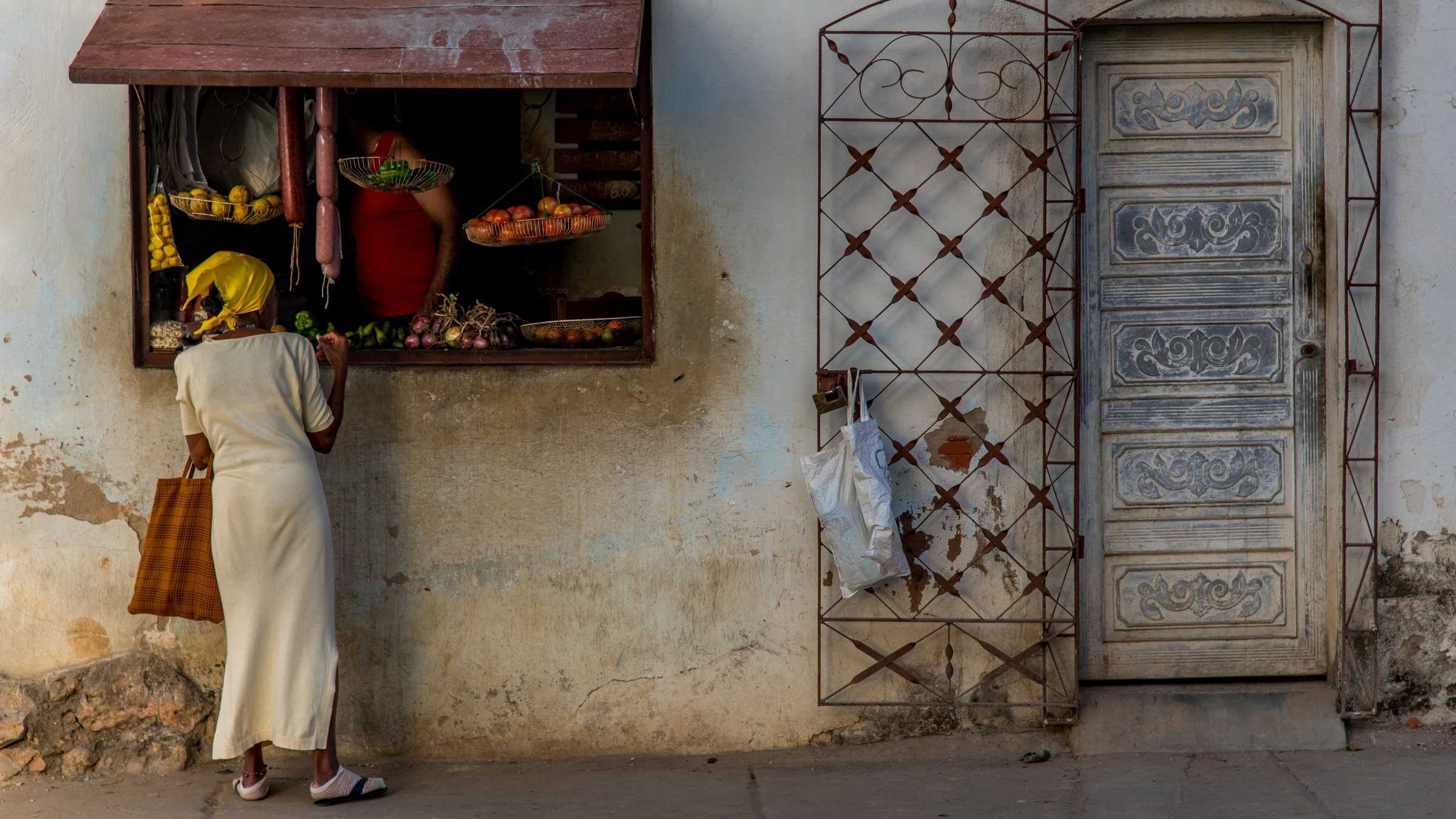
You can discuss with our team your interests and we can create a bespoke tour for you and we purposely do not include any visits to museums or galleries on this tour. This gives you the choice to visit those that interests you the most and there are certainly some interesting choices.
In Trinidad the tour visits Jigue Square where the city was founded in 1514, as well as the famous Plaza Mayor, a beautiful and much photographed historical central square. Visit Plaza De Santa Ana, and La Chanchanchara where you can sample the local sugar cane drink, with added rum !
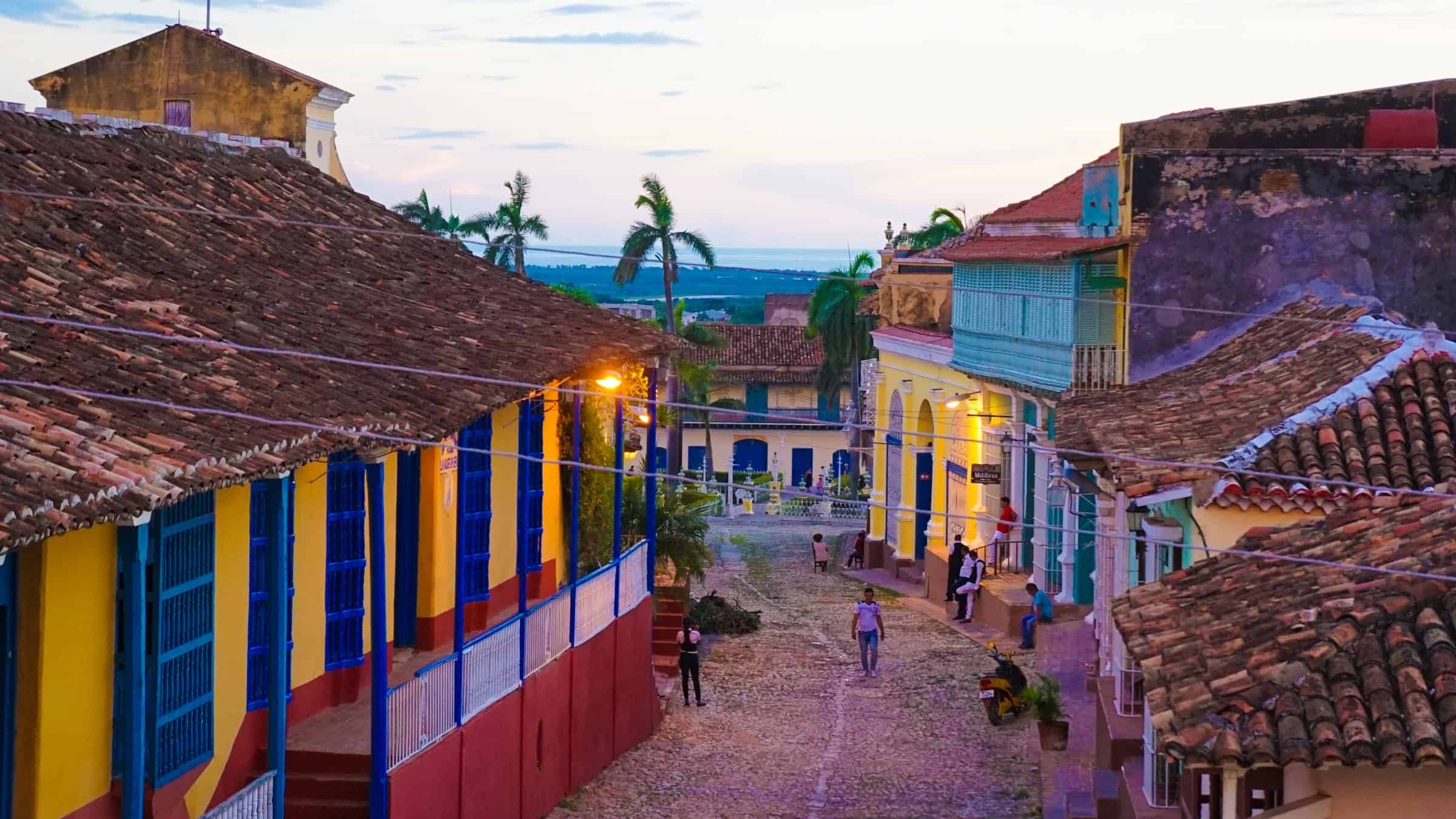
For the history buffs, the small centre offers a number of small museums, including the Romantic Museum, that recreates the lifestyle of the wealthy sugar merchants. Also the City Museum explores life in the Trinidad area during the times when the sugar plantations were flourishing. Cuba’s revolutionary history can be revisited with the small museum called La Lucha Contra Los Bandidos, which covers the fight against the anti Revolutionaries in the nearby Escambray mountains in the 1960s. The highlight of this museum is the chance to climb the steps to the top of Cuba’s iconic bell tower for wonderful views across the colonial rooftops to the mountains and ocean.
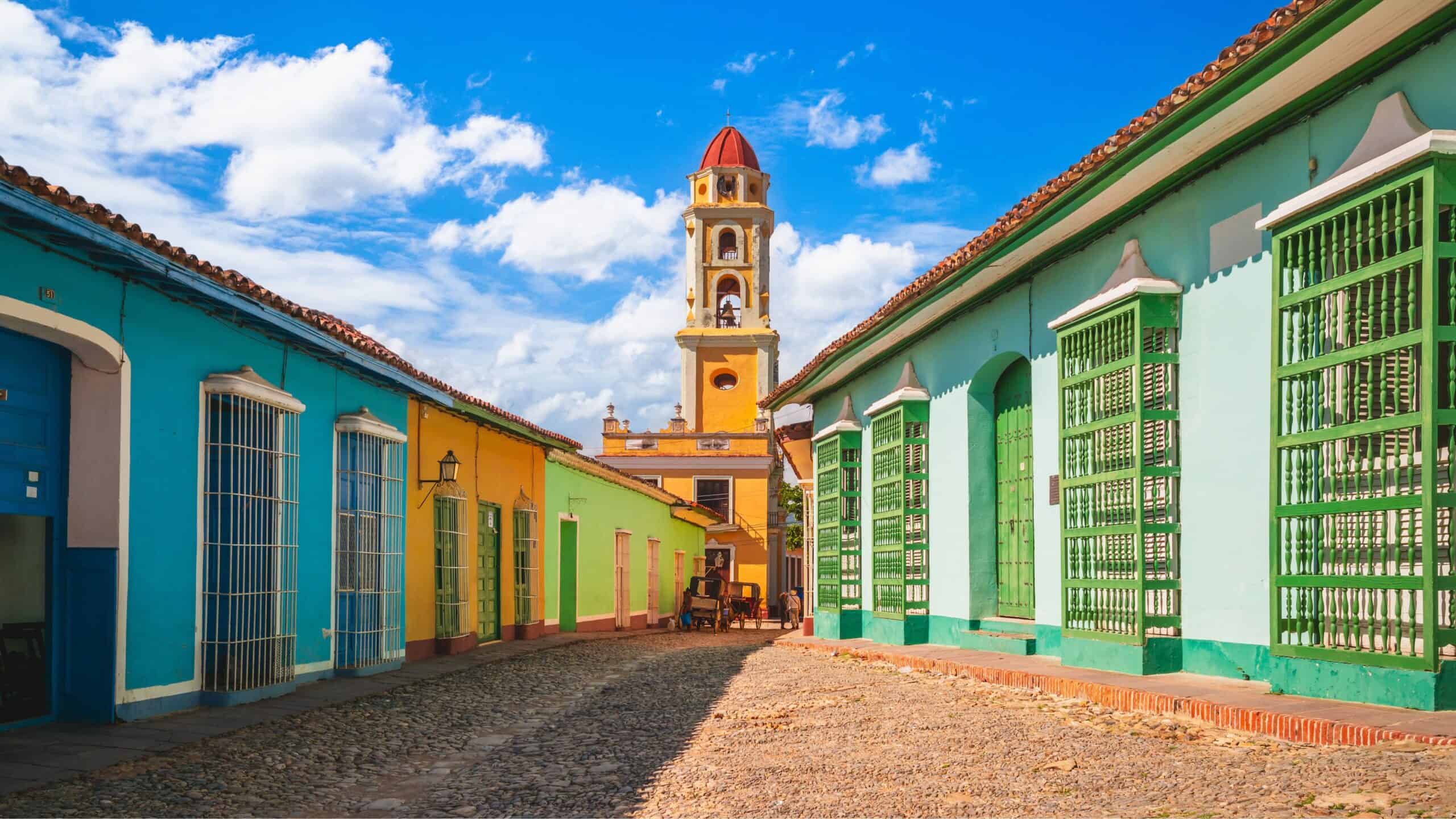
Santa Clara is a city of major significance in Cuba’s recent Revolutionary history and as its the final resting place of Ernesto “Che“Guevara, his Mausoleum being the main visit on the tour. Its a place of reverence and reflection and an important political location in Cuba. The adjacent museum is dedicated to his life, with personal belongings, documents and imagery that recounts the story of his Revolutionary struggles. The images of him in disguise to enable international travel are certainly fascinating.
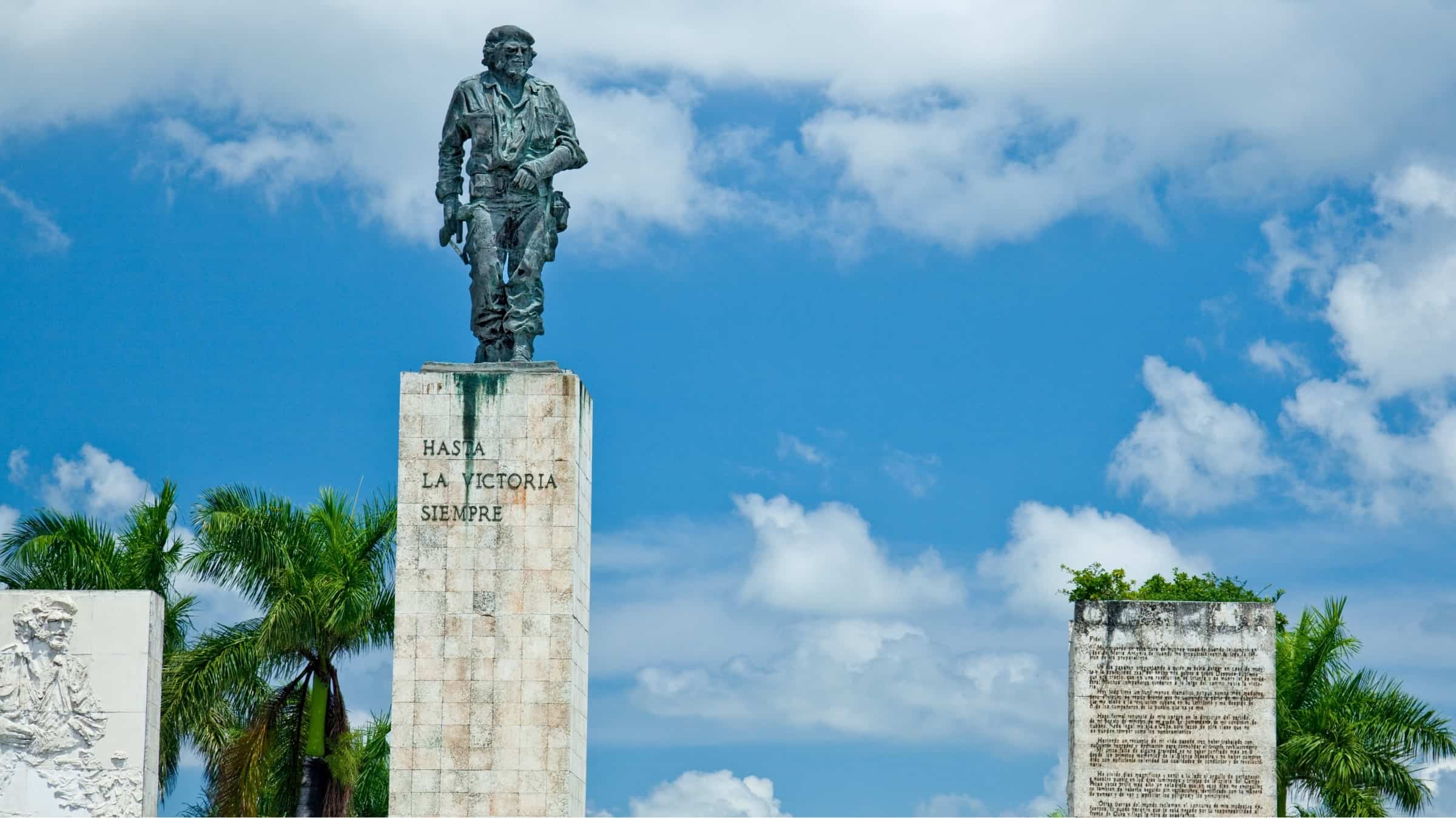
Visit Tren Blindado the scene of the most important events of the Cuban Revolution where on the 29th December 1958, Che Guevara and 18 revolutionaries attacked a Government train carrying weapons and soldiers, leading to the train being derailed and the soldiers surrendering. When news reached Havana on the 31st December (the days before social media!) the dictator Batista fled Cuba along with mafia figures and the Revolution was won. Days later Fidel Castro and his revolutionaries arrived in Havana to national acclaim. Its possible to see and enter the derailed carriages and a local guide will recount the story of the battle and ensuing events.
Feeling full of Revolutionary fervour, we can march through the streets and visit Parque Vidal, the central square and the heart and soul of the city. Sit awhile and immerse yourself into city life, where locals gather to chat, musicians perform, children play or head home from school, with shrieks of laughter and gossipy chat. For those with a passion for art or history, there is time for a visit to the Museum of Decorative Arts, located by the main square.

Cienfuegos contrasts so well with its neighbours Trinidad and Santa Clara, partly due to the fact it overlooks the Caribbean Sea and has a French influenced colonial style. The tour visits Jose Marti square overlooked by many significant buildings including the striking Palacio Ferrer mansion and the Palacio de Gobierno. The Tomas Terry theatre with its unique Italian style was awarded a National Monument status in 1978 and is certainly worth a peek.
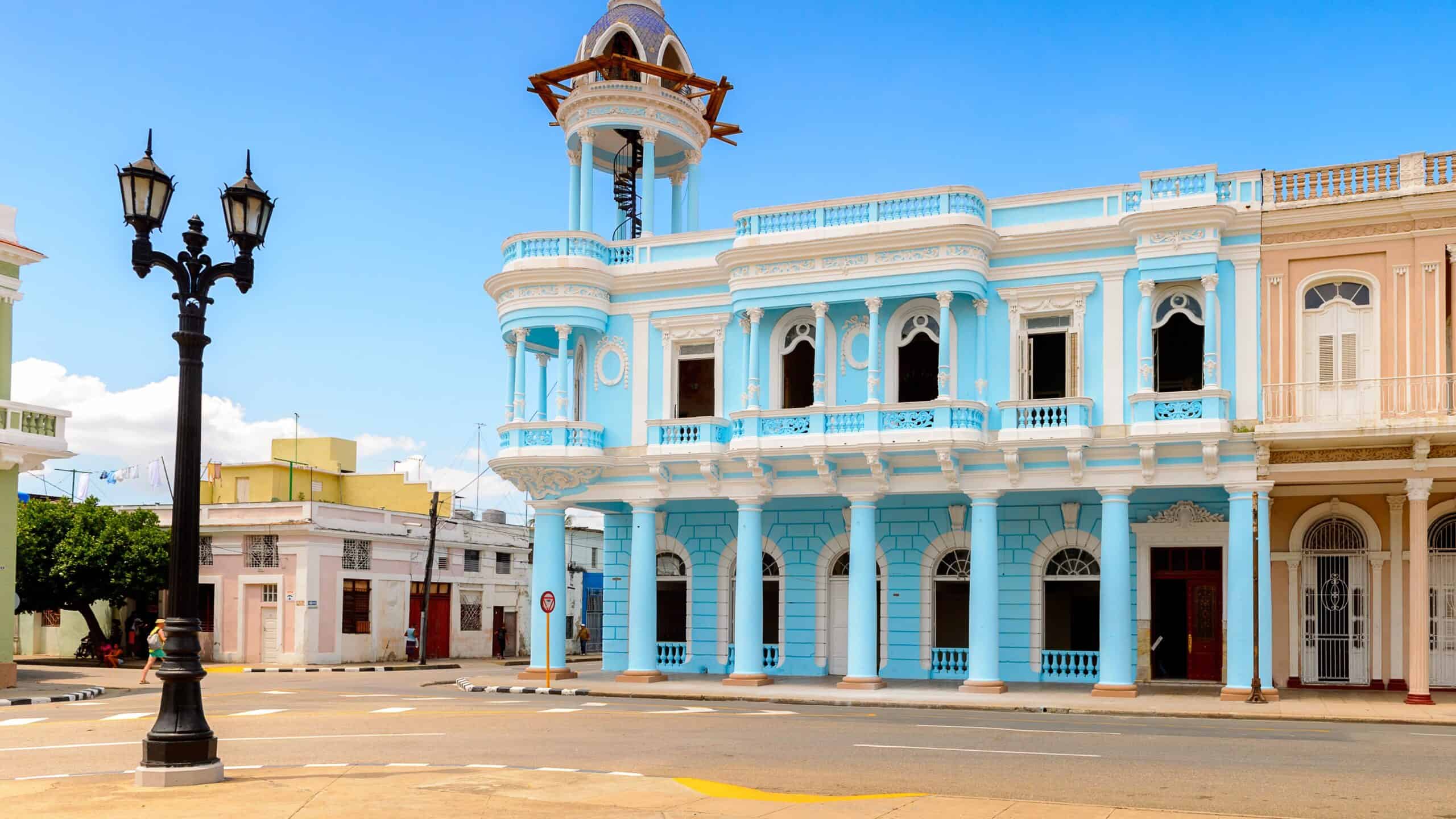
Wander along the Malecon promenade with lovely bay views to Punta Gorda a delightful neighbourhood with former mansion houses, now mainly Casa Particulars and private restaurants. The area is dominated by the ornate Moorish inspired Palacio de Valle, offering an essence of southern Spain overlooking the Caribbean Sea. Head to the roof with its impressive turrets and admire the views.

Cuba’s second largest city Santiago De Cuba, enjoys a deep revolutionary and colonial history. It is here where Fidel Castro announced the success of the Revolution and finally decades later was laid to rest in a simple mausoleum at the Santa Ifigenia cemetery. The tour makes a visit to the cemetery where also rests Cuba’s national hero Jose Marti and interestingly the founder of Bacardi Rum. . The Moncada Barracks is the site of the very first failed revolutionary attack on the 26th July 1953, led by a young 26 year old Fidel Castro where 60 men were killed to become national heroes to this day.
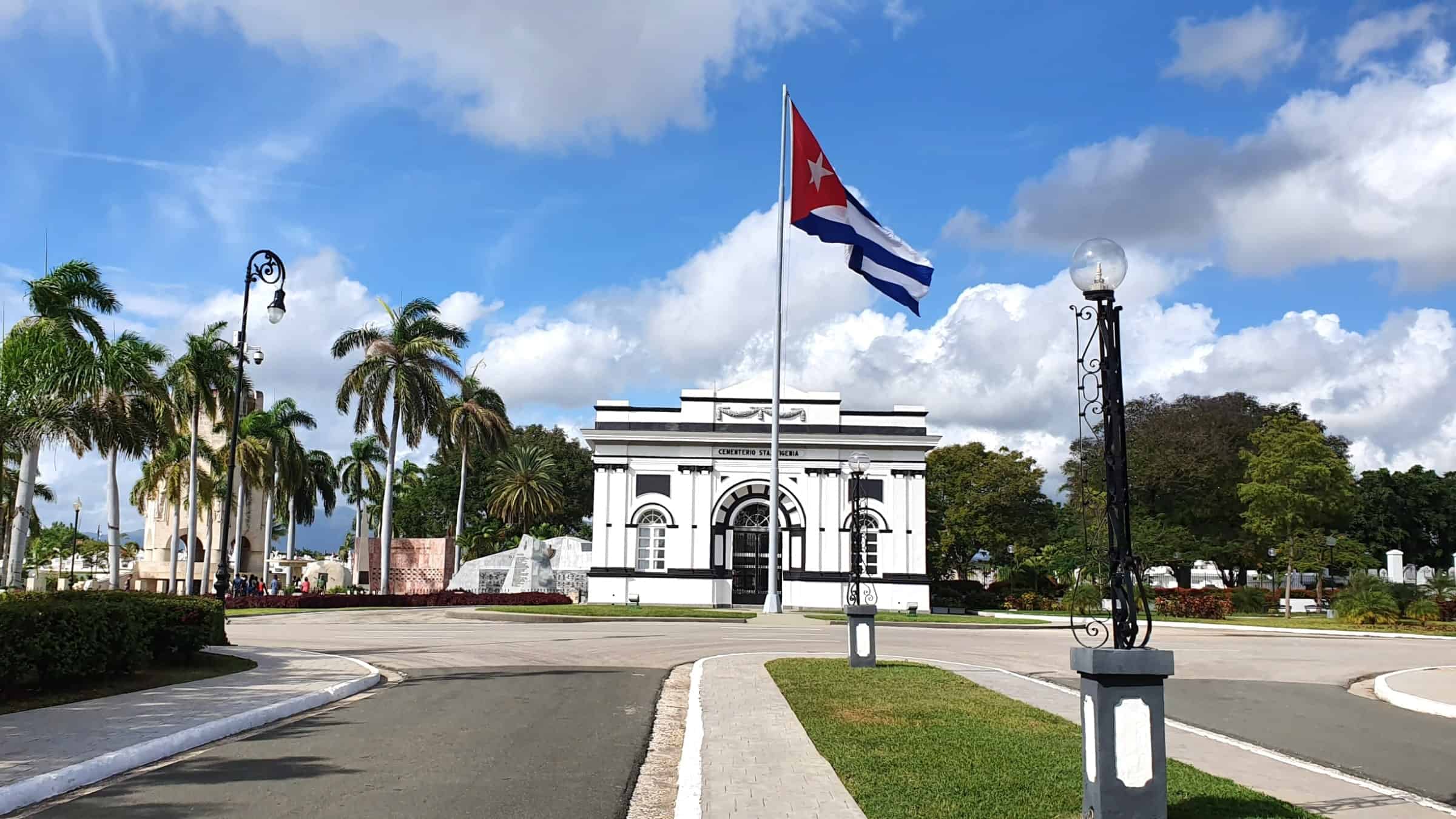
The city overlooks the harbour from where a network of narrow streets climb the hill to the small historic quarter and the main square with its beautiful cathedral. Wander through the old quarter radiating from the square, with grand buildings in baroque and neoclassical styles testifying to past wealth from sugar merchants.
The impressive fortress of San Pedro de la Roca overlooks the Caribbean bay and was awarded UNESCO World Heritage status as the worlds best example of preserved Spanish American military architecture and the tour visits and explores the fortress . and explored and we would recommend a lunchtime visit to also enjoy al fresco dining, Cuban cuisine and spectacular views.
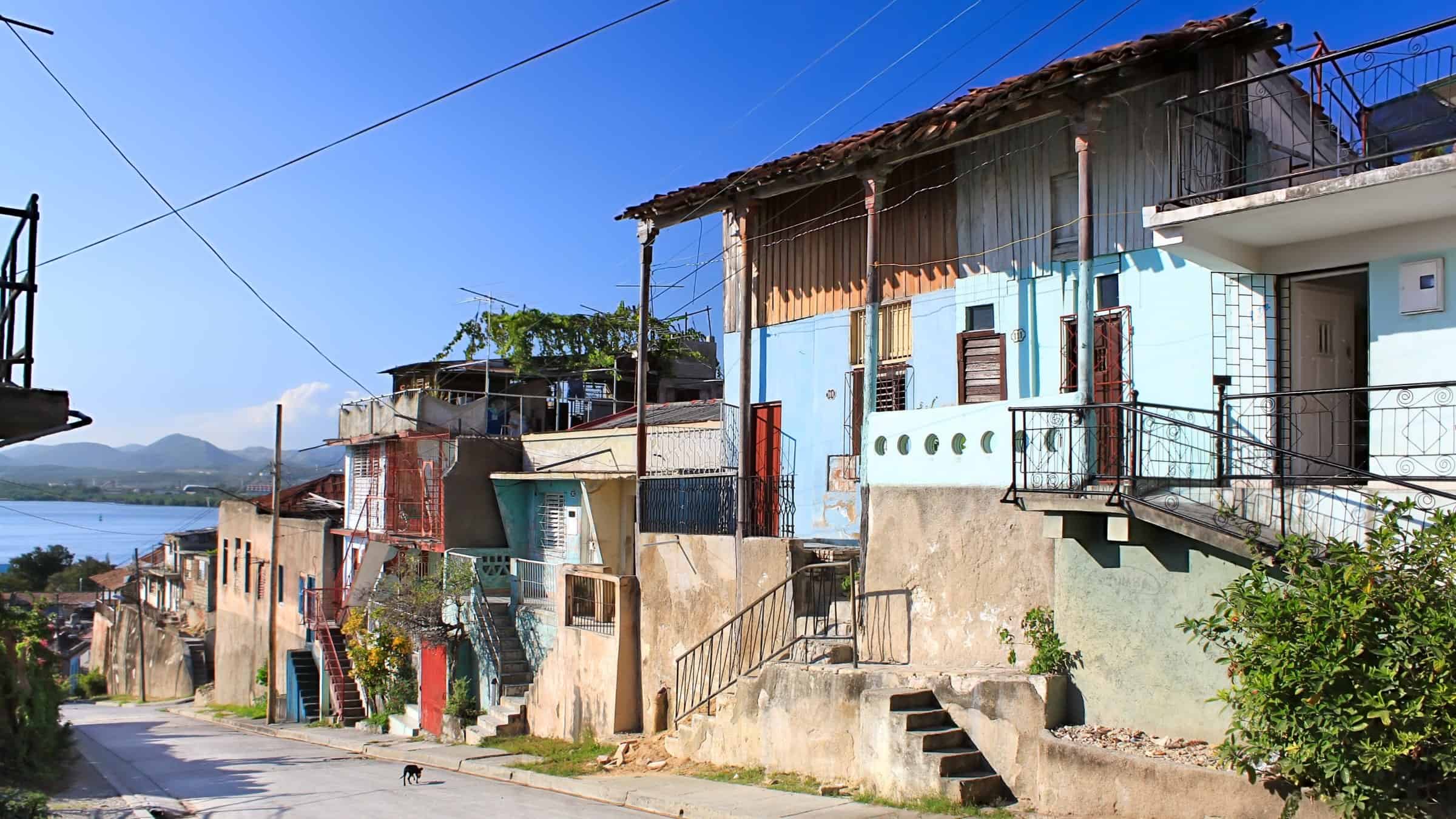








Follow us online